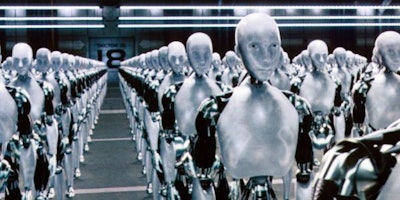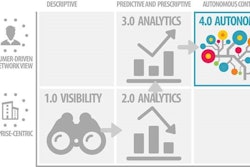
From unmanned mobile robots in warehouses to drones for online fulfilment, the current supply chain is undergoing a major transformation. With the possibilities in artificial intelligence, the future supply chain holds the promise of being completely autonomous and self-orchestrated. A fleet of trucks using a swarm algorithm could increase throughput in cargo yards; a trusted peer-to-peer ledger on the blockchain architecture could revolutionize the meaning of compliance in the industry; and a host of wearables, mobile robots, as well as machine-learning approaches, could rapidly fasten the pace of order fulfilment. Furthermore, Internet of Things (IOT) platforms for e-brokerage could connect retailers to couriers and transporters with a single click.
The supply chain of tomorrow will be leaner, faster and, most importantly, self-orchestrated. This unprecedented pace of change will be driven by a few radical technologies that will be cautiously adopted by industry participants over the next 15 years. Here is a view of the top five Frost & Sullivan identified from its comprehensive analysis on the “Future of Logistics.” While the study looks at three scenarios for the industry—technology, business and market/industry, this post will detail the research’s key findings on the technology-driven 2030 logistics scenarios.
Technology Scenario 1: Autonomous Fleet Brings Greater Efficiency
Drones are definitely the poster child at the moment and have stirred up a lot of conversation since Amazon announced its plans to launch drones for last-mile deliveries. While this is and will be an integral part of our view of the future, I would like to focus on the other types of fleets within the industry that could become completely autonomous. Before drones were experimented with, the first vehicles to become autonomous in the supply chain were actually forklifts. Man travel is among the most unproductive, time-consuming tasks within a warehouse; the new forklifts, called vision-guided fully autonomous mobile robots, not only address this specific issue, but also have the ability to process orders (pick and onboard for delivery) four times faster than a human.
To read the full story, please click here.

















